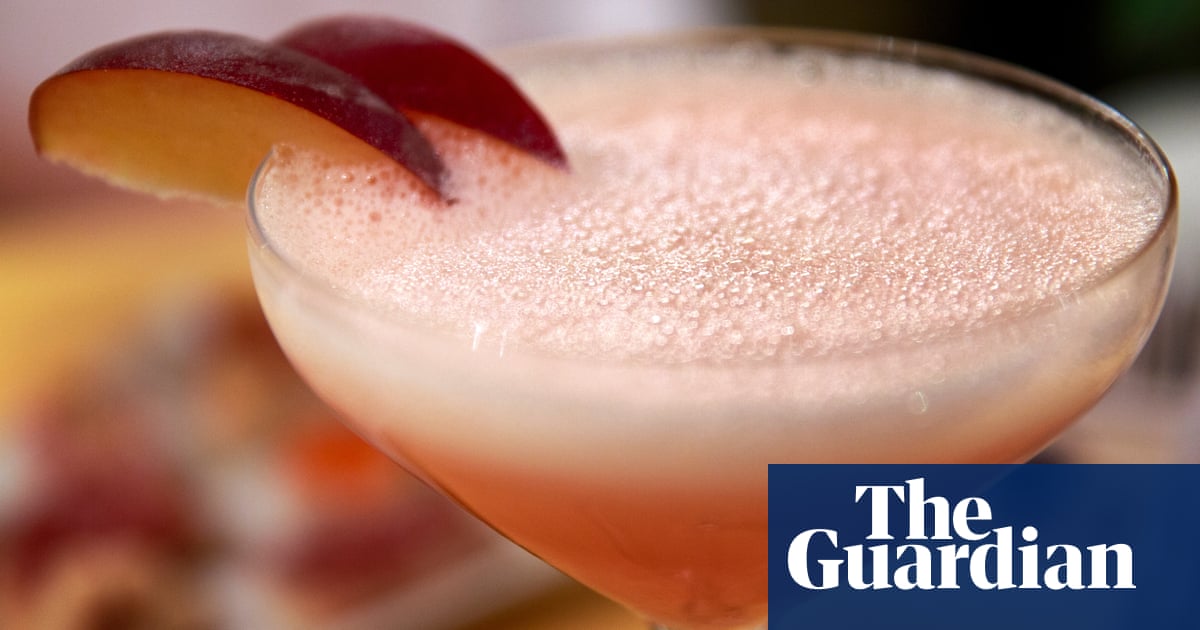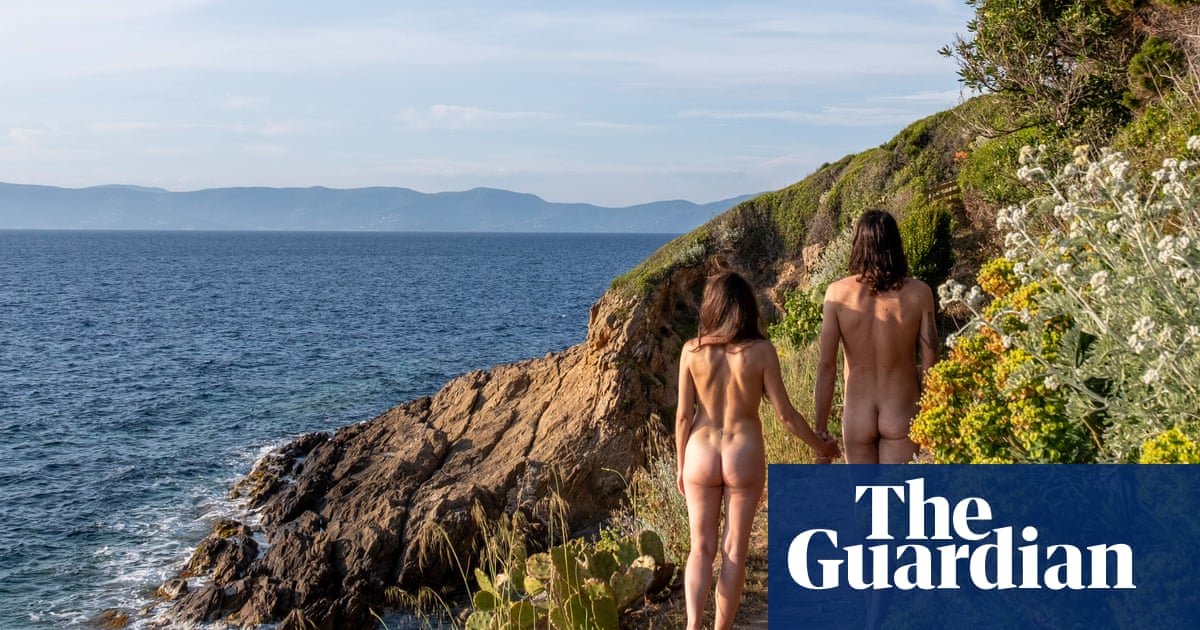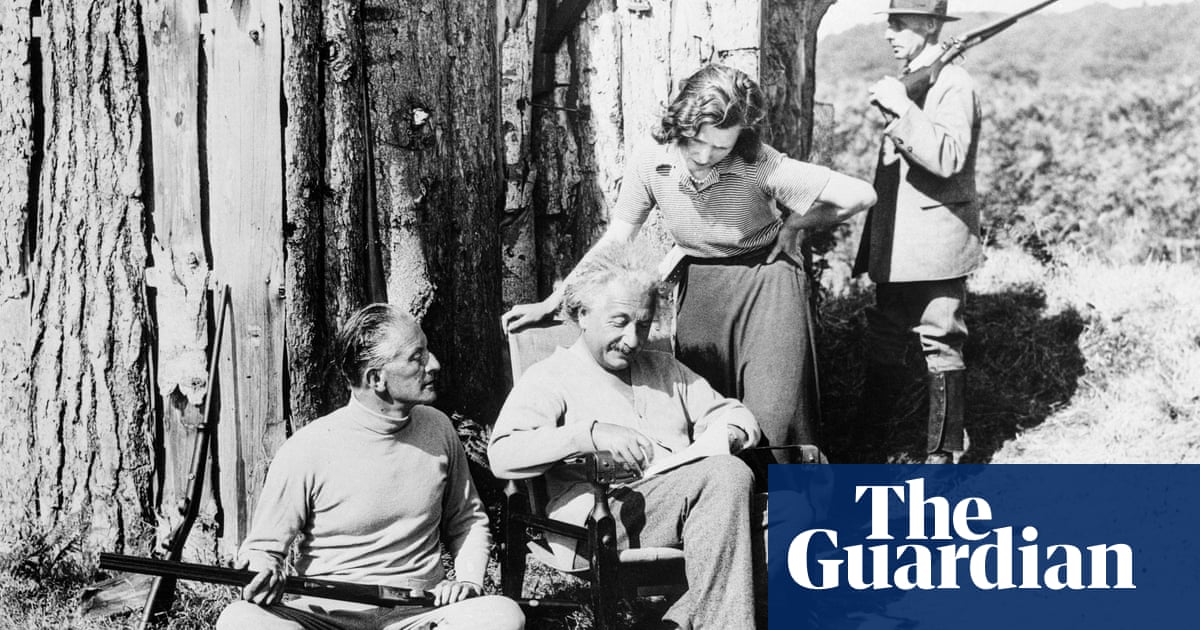Wimbledon is no stranger to strawberries, but when the Polish tennis star- and championship finalist- Iga Świątek spoke of her favourite summer dish, it was far from the classic fruit and cream combination. “Pasta, strawberries, a little bit of yoghurt,” she told her seemingly perplexed on-court interviewer, the former British player Annabel Croft, who could only respond: “How strange!”
Among watching Poles, however, there was no such bafflement. The beloved meal in question is reminiscent of long, hot childhood summers, and they may well concur with Świątek’s later assertion that “everybody should eat that”.
But what are the other snacks, drinks and quirky delicacies that get Europeans through the increasingly punishing heatwaves of July and August? Here, five Guardian correspondents across Europe reflect on their countries’ favoured heat-busting snacks – including, of course, strawberry pasta …
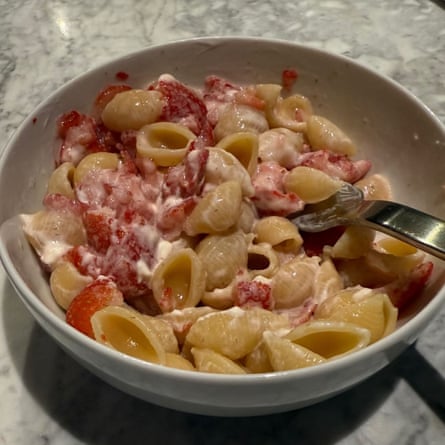

When, in 1913, Giovanni Crescenzi opened Alla Fonte D’oro, a drinks kiosk by Rome’s Garibaldi Bridge, steps away from the Trastevere district, his main customers were the thirsty tradespeople passing through the Lungotevere, the road running alongside the River Tiber.
It was not until after the first world war that Crescenzi added grattachecca to his menu, an icy beverage for which the kiosk, today run by the original owner’s granddaughter, Rosanna, and her son, quickly became famous.
Grattacecca, a snack with origins that can be traced to the Roman era, grew in popularity during long, hot summers in the Italian capital in the early 20th century.
The drink is made with shaved ice, either scraped off a block with a type of ice pick, or put through an ice crusher, laced with flavoured syrup and topped with small pieces of fruit or coconut.
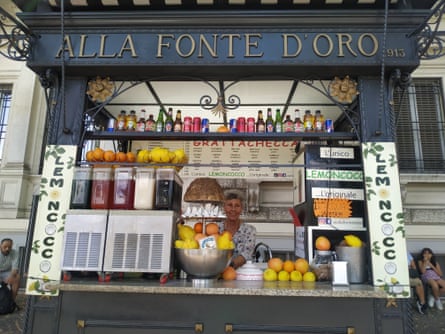
For Rome residents, the grattachecca is a sacred refreshment, and stopping by Alla Fonte D’oro or one of the other few remaining traditional kiosks that serve it, is an essential way to get respite from the increasingly intense heat of summer.
“There is no better thing to help quench thirst,” said Rosanna when I visited this week.
The drink is also popular among tourists, especially South Americans, although Rosanna said many mistook it for granita, the semi-frozen dessert invented in Sicily and enjoyed year-round on the southern Italian island, especially at breakfast with brioche.
“Granita is prepared in a different way and has a different texture,” she said. “In Rome, you find real grattachecca, and although you can find granita here too, you only find the real thing in Sicily.”

Rossana did ask if I wanted to sample some of her produce, but I declined, partly owing to my loyalty towards granita. I have fond childhood memories of the granita van turning up outside my nan’s home in Catania, Sicily, early in the morning, and my dad stocking up on the lemon flavoured variety for breakfast. He has always sworn by granita for its heat-busting magic.

The German writer Johann Wolfgang von Goethe once described Italian culture as holding “the key to everything”, which may be just a bit hyperbolic. What is certain, however, is that for generations of German children, Italy has held the key to unlocking the taste of the summer, in the shape of Spaghettieis.
A deceptively simple form of gastronomic mimicry, this summer delicacy is nothing more or less than vanilla ice-cream pushed through a modified Spätzle press or potato ricer to resemble curling pasta, with strawberry compote impersonating tomato sauce and shaved almonds playing the role of parmesan. To keep the optical illusion intact, a mound of whipped cream is typically hidden at the bottom of the ice cream rather than piled on top.
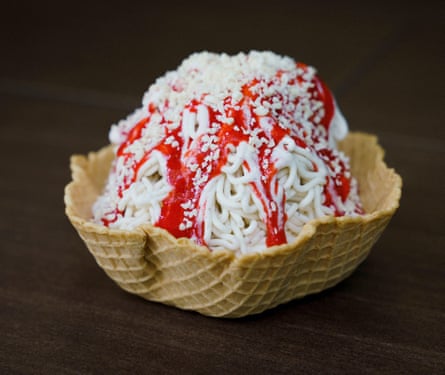
Invented at a Mannheim ice-cream parlour in 1969, more ambitious contemporary establishments may also offer Spaghettieis variants: carbonara (with vanilla sauce) or pesto (with pistachio puree). Through Germany’s passion for gelato, Goethe’s Sturm und Drang for Italian culture lives on: in the capital, Berlin, alone, there are approximately 500 dedicated parlours, many opening only for the summer season.
If your tastes are more savoury, you could do worse than visit Germany during the “fifth season” – the asparagus harvest period, from mid-April to late June, when variations on the plant fill restaurant menus.
But for many Germans, the true taste of summer is the Waldmeister, or sweet woodruff. The plant, with its sweet, hay-like flavour, is as revered in German-speaking lands as it is overlooked outside them. Traditionally harvested in April and May, it is turned into a syrup that flavours ice-cream, lemonade, beer (Berliner Weisse) and wine (known as Maibowle, or May wine).

Polish cuisine, traditionally associated with hearty and meat-heavy meals meant to get you through winter, is not the most obvious choice for a heat-busting treat. But that is before you factor in Chłodnik, or cold borscht.
A classic that Poles consider theirs, despite rival claims from Lithuanians and Ukrainians, this neon pink soup is as refreshing as it looks. Made with cooked beetroot, kefir, cucumber, lots of fresh herbs, and topped with a quarter of a hard-boiled egg, it’s the real dill. (Yes, as most things in Polish cuisine, it involves a lot of dill.)
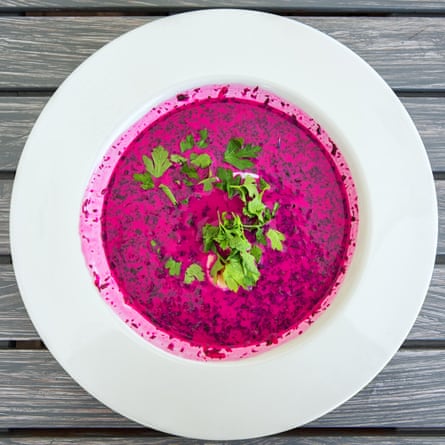
If you want a true blast from the past, follow Świątek’s recommendation and go for pasta with strawberries (makaron z truskawkami). A staple of school canteens in the 90s, alongside zupa owocowa, or fruit soup, it instantly brings back memories of childhood in a tasty, fruity, and summery lunch. Typically made with świderki or fusilli pasta, it needs to be executed perfectly to unlock that core memory.
The basics: cook the pasta al-dente and get as many strawberries as you can (ideally Polish, bought from a stragan, a street stall, round the corner). Smash or blend them, add some cream or yoghurt, maybe some crumbled curd cheese on top and a generous pinch of sugar, and hello, you’re back in Warsawin 1995, and you have not a worry under the sun. Twenty-odd years on, I still dream about the best strawberry pasta, cooked by my friend Konrad’s mum, Mrs Mikołajczak, in my childhood neighbourhood of Muranów.
And, sorry Britain, I’m not prepared to take lessons on how to eat strawberries from a nation that has embraced the sweetened-bread strawberry and cream sandwich. Makaron z truskawkami is far superior. Trust me.

As befits the inhabitants of a country where summer temperatures can hit 47.6C (117C), Spaniards have centuries of practice when it comes to drinkable coolers. When the heat hits, they will often reach for a small, extremely cold beer, a serving of chilled gazpacho, a slushy granizado, or decant a coffee into a glass full of ice to make a refreshing iced coffee.
In the eastern region of Valencia, however, people often cool down with a long, cold and sweet glass of horchata de chufa. Chufa, known in English as tiger nut, is the edible tuber of a plant in the sedge family that was introduced to the peninsula during the long period of Islamic rule, and which now has EU protected designation of origin status in Valencia.
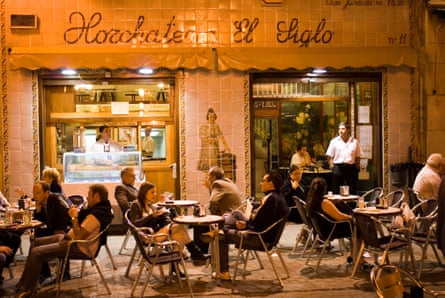
According to folk legend, horchata takes its name from a remark by King Jaime I of Aragón (1208-1276) when he was offered a refreshing drink by a young woman. Inquiring what he was drinking, he was told it was the milk of the tiger nut. Incredulous, he is said to have replied, “¡Aixo no es llet, aixo es or xata!” (“This isn’t milk – it’s gold, girl!”). A more prosaic (and likely) explanation is that horchata is derived from hordeata, the Latin world for barley-based drinks.
The drink is prepared by soaking, washing and grinding tiger nuts and then mixing them with water and sugar. The resulting horchata, served cold, is sweet and nutty, and can be found in cafes and supermarkets well beyond the horchaterías of its native Valencia.
Spain’s colonial expansion in the 15th and 16th centuries has ensured that versions of the drink can be found across its former empire, from Mexico to parts of Central and South America. Drinks made from tiger nut are also popular in parts of west Africa.
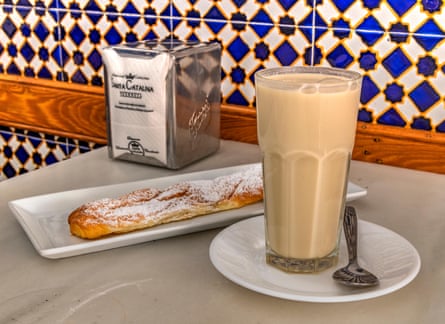
Horchata’s proponents – not least the Valencian tiger nut regulatory council – say it is naturally free of gluten, lactose and caffeine, and contains sodium, calcium, magnesium, potassium and vitamins C and E.
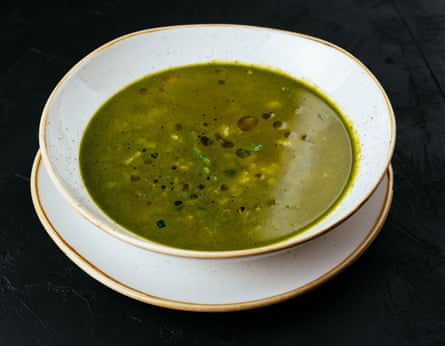

For nigh on 70 summers, on the squares and pavements of Greek cities large and small, it is the frappé that people have sipped when temperatures rise.
In my experience, this accidental invention of instant coffee, water and ice – shaken but never stirred – is a sure sign that summer has arrived. For many, the frappe, or frapogalo if mixed with milk, is as much about sustenance as relaxation; a drink whose zingy taste and frothy top (for sugar is optional) are associated as much with cooling off as languid conversation.
That the frappe may have come about by a twist of fate has only added to its allure. Origin stories, though varied in the retelling, agree that had it not been for Dimitris Vakondios, a Nescafé sales rep attending the World Trade Fair exhibition in Thessaloniki in 1957, the drink may never have been concocted.
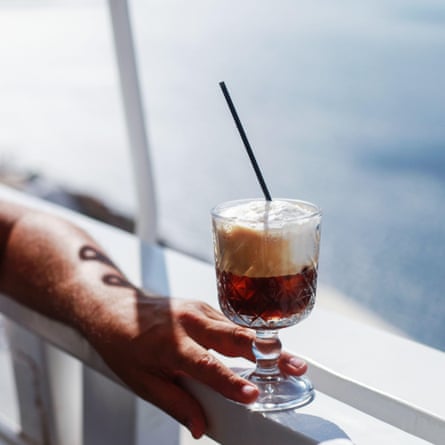
Legend has it that Vakondios inadvertently created it when, unable to find a utensil to heat up his Nescafé, he reached for a shaker that had until then been used to produce Nesquik chocolate shakes. The story goes that he added instant coffee granules, water and ice and shook vigorously before pouring the foamy contents into a glass. Whether sugar was thrown in remains open to debate. To this day, its addition is optional, but if you ask me, downing it authentic and strong gives by far the best frappé kick.

 5 hours ago
2
5 hours ago
2












